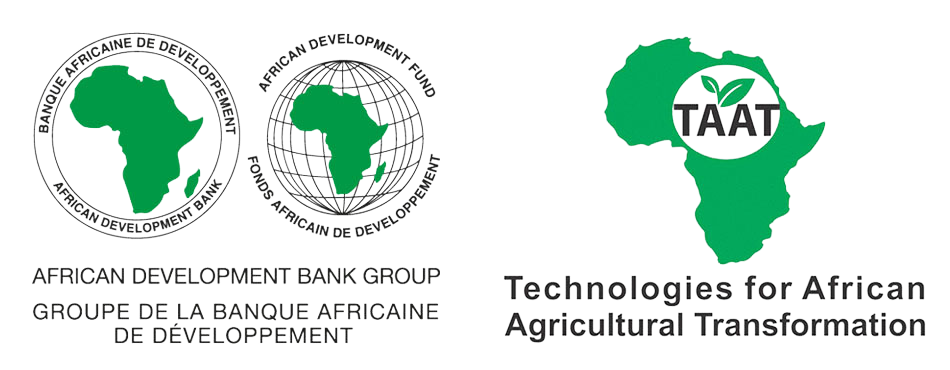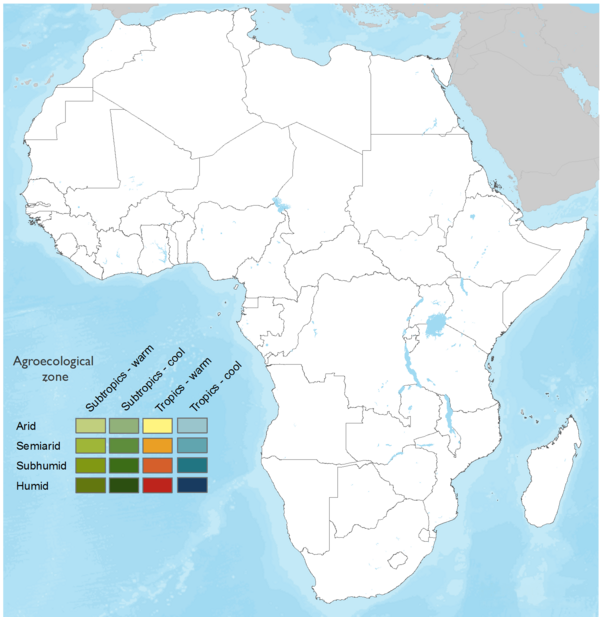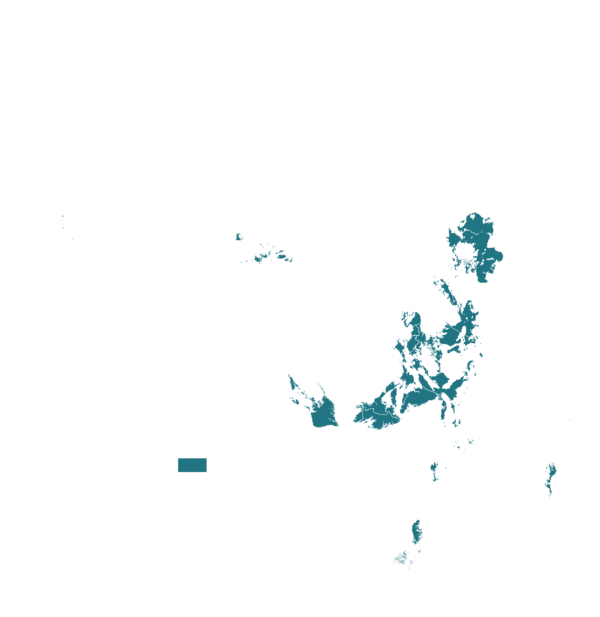

Fueling Health with Iron-Rich Beans
The "Biofortified Beans for Improved Nutrition" technology addresses critical nutritional challenges in Sub-Saharan Africa, primarily iron and zinc deficiencies. Through the process of biofortification, it develops high-iron bean varieties that enhance their nutritional value. These "High-Iron Beans (HIB)" are the result of crossbreeding local elite lines with American bean varieties naturally enriched in iron. HIB varieties are characterized by high productivity, drought and disease tolerance, preferred culinary traits, and rapid cooking. This technology has resulted in the release of 31 high-yielding HIB varieties in key production areas across Sub-Saharan Africa, contributing to enhanced food security and nutrition in the region.
This technology is TAAT1 validated.
Adults 18 and over: Positive high
The poor: Positive medium
Under 18: Positive high
Women: Positive high
Climate adaptability: Highly adaptable
Farmer climate change readiness: Significant improvement
Biodiversity: Positive impact on biodiversity
Carbon footprint: A bit less carbon released
Environmental health: Greatly improves environmental health
Soil quality: Improves soil health and fertility
Water use: Same amount of water used
Poor nutrition, particularly iron and zinc deficiencies, is a significant issue in Sub-Saharan Africa. Iron deficiency leads to anemia, cognitive issues, maternal health risks, and low birth weight, while zinc deficiency weakens the immune system and results in stunting.
Traditional approaches to addressing nutritional deficiencies involve costly supplemental fortification methods.
Common bean varieties often lack sufficient iron and zinc to meet nutritional needs, posing a challenge to improving nutrition.
The technology involves developing and promoting biofortified bean varieties, which are enriched in dietary iron and zinc, offering a solution to nutritional deficiencies.
Biofortification is used to increase the concentration of iron and zinc in beans through conventional breeding, good agronomic practices, or biotechnological modification, avoiding the high costs associated with traditional fortification methods.
A series of recently released high-iron bean (HIB) varieties have been developed through crossbreeding and participatory breeding strategies. These HIB varieties offer higher iron and zinc content, improved yield potential, drought and disease tolerance, desirable culinary characteristics, and suitability for diverse agro-ecological zones.
The greater productivity, nutritional value, and commercial value of HIB varieties enable small-scale farmers to allocate more resources to bean cultivation, making it a primary agricultural enterprise and source of income.
Consumption of HIB varieties significantly enhances household nutrition, meeting a substantial portion of daily iron requirements and retaining high bioavailable iron after cooking. These beans are ideally suited for improving overall nutrition.
HIB varieties are not only used for home consumption but have the potential to create markets for high-iron precooked beans, pasta, composite flour, and processed foods in some African countries.
HIB varieties also exhibit traits such as high pod-filling, high yields, and adaptation to environmental stresses, making them valuable for agricultural and food security purposes.
In the near future, this section will provide an overview of this technology's success in various contexts, details on partners offering technical support, training, and implementation monitoring, along with other valuable insights for your projects and programs. These details will be added progressively.
In the meantime, use the 'Request information' button if you need to contact us.
Open source / open access
Scaling Readiness describes how complete a technology’s development is and its ability to be scaled. It produces a score that measures a technology’s readiness along two axes: the level of maturity of the idea itself, and the level to which the technology has been used so far.
Each axis goes from 0 to 9 where 9 is the “ready-to-scale” status. For each technology profile in the e-catalogs we have documented the scaling readiness status from evidence given by the technology providers. The e-catalogs only showcase technologies for which the scaling readiness score is at least 8 for maturity of the idea and 7 for the level of use.
The graph below represents visually the scaling readiness status for this technology, you can see the label of each level by hovering your mouse cursor on the number.
Read more about scaling readiness ›
Uncontrolled environment: tested
Common use by projects NOT connected to technology provider
| Maturity of the idea | Level of use | |||||||||
| 9 | ||||||||||
| 8 | ||||||||||
| 7 | ||||||||||
| 6 | ||||||||||
| 5 | ||||||||||
| 4 | ||||||||||
| 3 | ||||||||||
| 2 | ||||||||||
| 1 | ||||||||||
| 1 | 2 | 3 | 4 | 5 | 6 | 7 | 8 | 9 | ||
| Country | Testing ongoing | Tested | Adopted |
|---|---|---|---|
| Burundi | –No ongoing testing | Tested | Adopted |
| Democratic Republic of the Congo | –No ongoing testing | Tested | Adopted |
| Ethiopia | –No ongoing testing | Tested | Adopted |
| Kenya | –No ongoing testing | Tested | Adopted |
| Malawi | –No ongoing testing | Tested | Adopted |
| Rwanda | –No ongoing testing | Tested | Adopted |
| Tanzania | –No ongoing testing | Tested | Adopted |
| Uganda | –No ongoing testing | Tested | Adopted |
| Zambia | –No ongoing testing | Tested | Adopted |
| Zimbabwe | –No ongoing testing | Tested | Adopted |
This technology can be used in the colored agro-ecological zones. Any zones shown in white are not suitable for this technology.







| AEZ | Subtropic - warm | Subtropic - cool | Tropic - warm | Tropic - cool |
|---|---|---|---|---|
| Arid | – | – | – | – |
| Semiarid | – | – | – | – |
| Subhumid | – | – | ||
| Humid |
Source: HarvestChoice/IFPRI 2009
The United Nations Sustainable Development Goals that are applicable to this technology.


Last updated on 31 October 2025